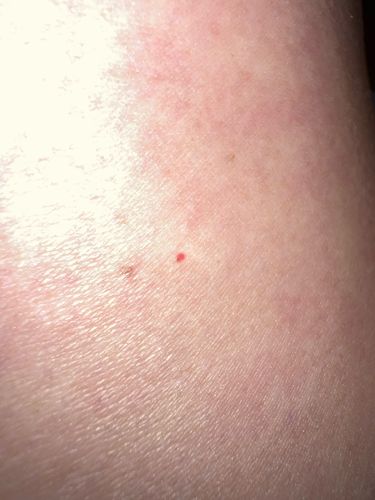Chigger (Larval Mite)
Scientific Name: Trombiculidae (family)
Order & Family: Order: Trombidiformes, Family: Trombiculidae
Size: 0.2 to 0.4 mm (larval stage)

Natural Habitat
Grassy areas, wooded areas, gardens, and other vegetation, especially in warm, humid conditions.
Diet & Feeding
Larval chiggers feed on the skin cells (not blood) of vertebrates, including humans, birds, and reptiles. Adult and nymph chiggers are predatory, feeding on small insects and insect eggs.
Behavior Patterns
Larval chiggers attach to a host and inject digestive enzymes that break down skin cells, which they then ingest. They typically feed for a few days before detaching and developing into nymphs and adults. Their bites often result in intensely itchy red welts.
Risks & Benefits
Potential risks include severe itching, skin irritation, and secondary bacterial infections from scratching. In some parts of the world (Asia and the Pacific), chiggers can transmit scrub typhus (Orientia tsutsugamushi), though this is rare in North America and Europe. They are not known to transmit other diseases like Lyme disease or Rocky Mountain spotted fever.
Identified on: 10/29/2025